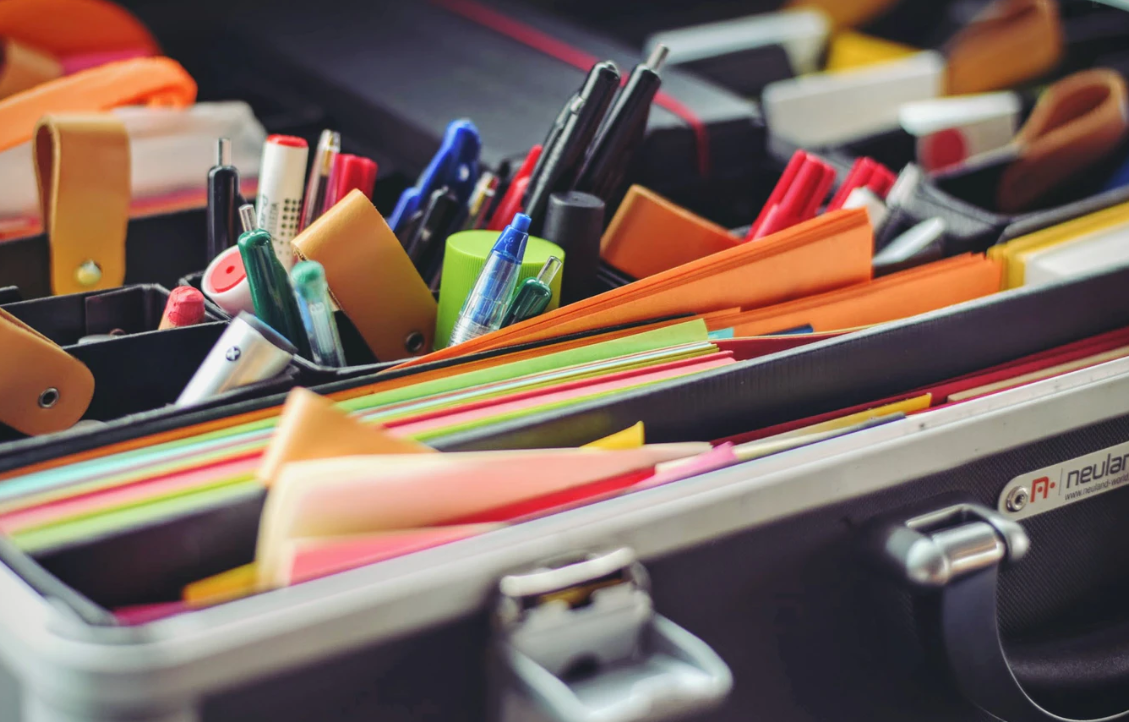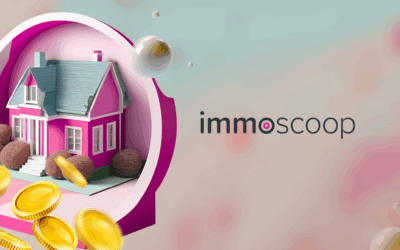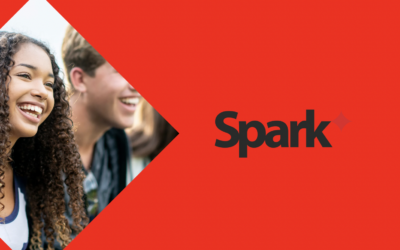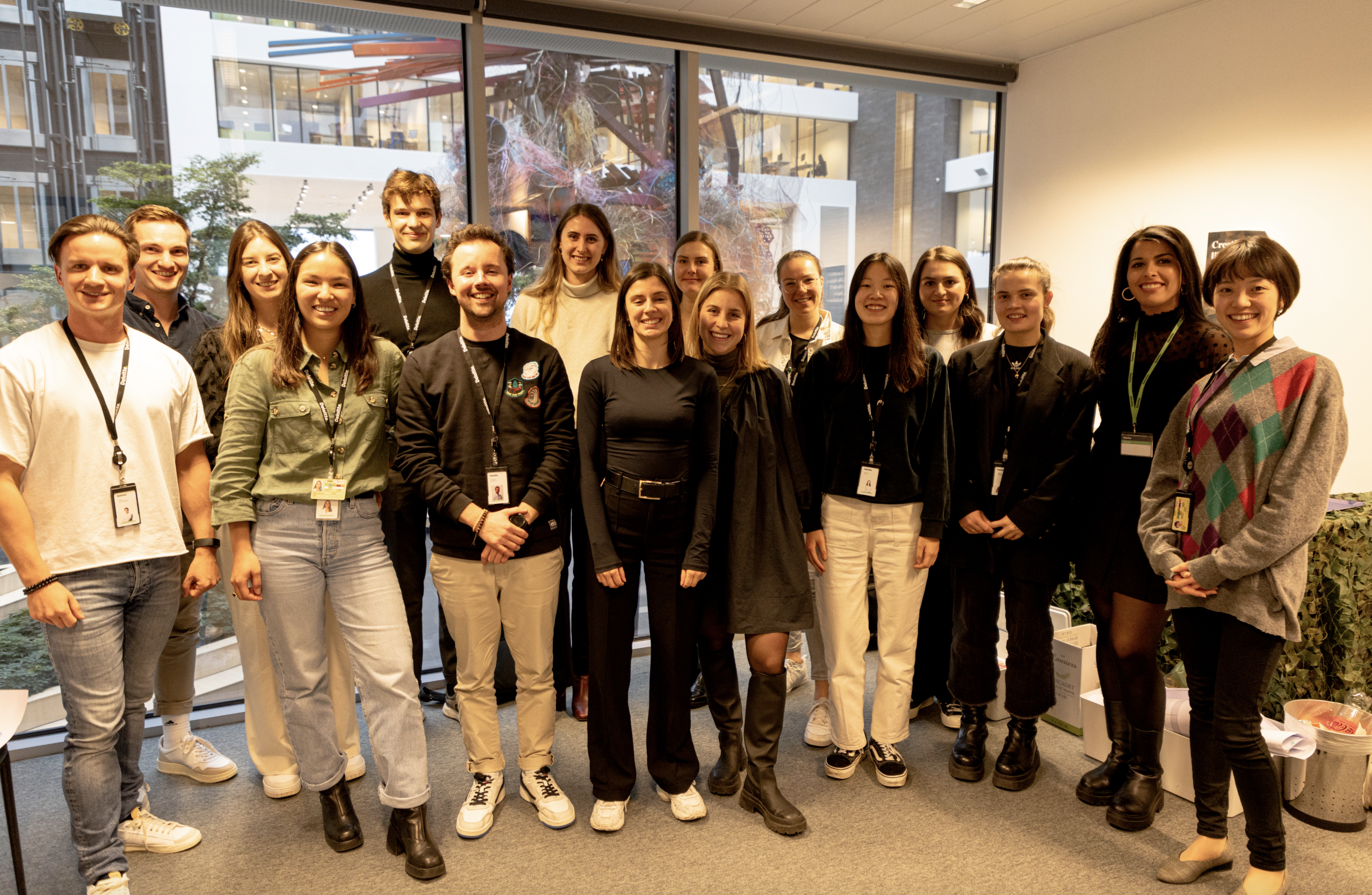Let’s have a look at my bag together, and while we’re at it, I will share with you some tips I’ve gathered in the past years as a Service Designer.
Markers
You will need LOTS of them. As a Service Designer, your job is to encourage your audience to get out of their comfort zone, think different. This can be done by standing-up, writing on walls, building and testing paper prototypes. The process of making impactful digital experiences is a little messy at the beginning, but the more you doodle, draw and create, the more you and your team will be able to imagine your target end-state.
Pro-tip: Throughout all the workshops I’ve facilitated, many different markers have ended up in my bag. But one thing to avoid at all costs : permanent markers. People will use them to write on the whiteboard. And unless you want to spend hours cleaning them with white-spirit, you do not want that to happen.
Post-its
Take it from me: They are a powerful tool to make the workshop more dynamic. And help engage even the most reluctant members of a group. They help you facilitate and focus your audience to articulate their ideas into simple words, for everyone to understand.
I like using them to gather opinions of a group, and identifying trends. There is nothing more satisfying than to make what seems a complex problem simple. Just by making a group translate their thoughts and visualizing them on a wall.
Pro-tip: Never forget to formalise the output of all the post-its you collected before taking them down. You want to be prepared when a client has fun stealing post-its from you when everyone has left the office. True story.
Sketches
In my humble opinion, the most fun part of a workshop is to start sketching. That’s when the magic happens. Ideas come to life and you start visualizing the direction you want to go to with your audience.
You will notice that people have different ways of imagining features. Do not underestimate the value of these sketches. As in time, the sum of all these drawings that you’ve seen will help you understand better and faster your clients’ needs.
Sketching also has the power to make your audience take ownership of the digital products they want to create with you. The more they visualise what they want, the faster you will understand how you can better serve their needs.
Pro-tip: Get a rigid folder to centralise all the sketches that were made during your workshops. You want to avoid them being all scruntched as they will be a good input to bring to your UX designer to start working on your prototypes.
A power bank
When doing guerilla testing, you will need to walk around with your phone and pray that users will agree to test the wonderful prototype you took so long to make with your team. This process is long and tiresome, and you want to avoid at all costs that your phone shuts down in the middle of a testing session.
Creating High-Fidelity prototypes is an efficient way of gathering input from your target users. Therefore, you need to make sure that they reflect most the reality of what they would experience while using your end product. Think long and hard about your scenario before diving in to the creation of the prototype, and make sure that the platform that you use for hosting your prototype is reliable.
Pro-tip: When using your phone to test a prototype, make sure that all your notifications are turned off, and that you’re lock time is not defined. Believe me, you will be recieving emails and messages while you test. This will disrupt the user and the quality of your feedback. So make sure all settings are clear!
Bonus pro-tip: Bring candy during a testing day. You will need energy to do all those interviews. Moreover, and it’ll be a friendly gesture to thank your test users for their time. Who doesn’t love a good win-win situation?
As a conclusion, this article is not intended to be an excuse for my very messy bag. But more of a summary of tips you might need in your journey to bring more user centricity to your life.
The best part of my job is to work with such a diverse group of people. In our Digital Studio, we foster collaboration between all our different profiles. Have a look at what a Digital Studio actually is, to know more about what I’m talking about!




